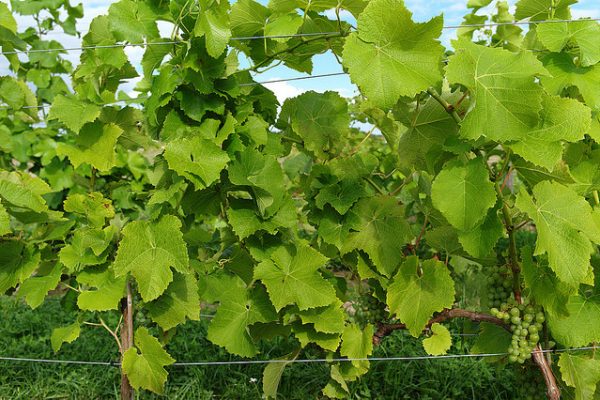How To Work Through a Multi-Class Classification Project in Weka
Last Updated on August 22, 2019 The Weka machine learning workbench is so easy to use that working through a machine learning project can be a lot of fun. In this post you will complete your first machine learning project using Weka, end-to-end. This gentle introduction to working through a project will tie together the key steps you need to complete when working through machine learning project in Weka. After completing this project, you will know: How to analyze a […]
Read more








